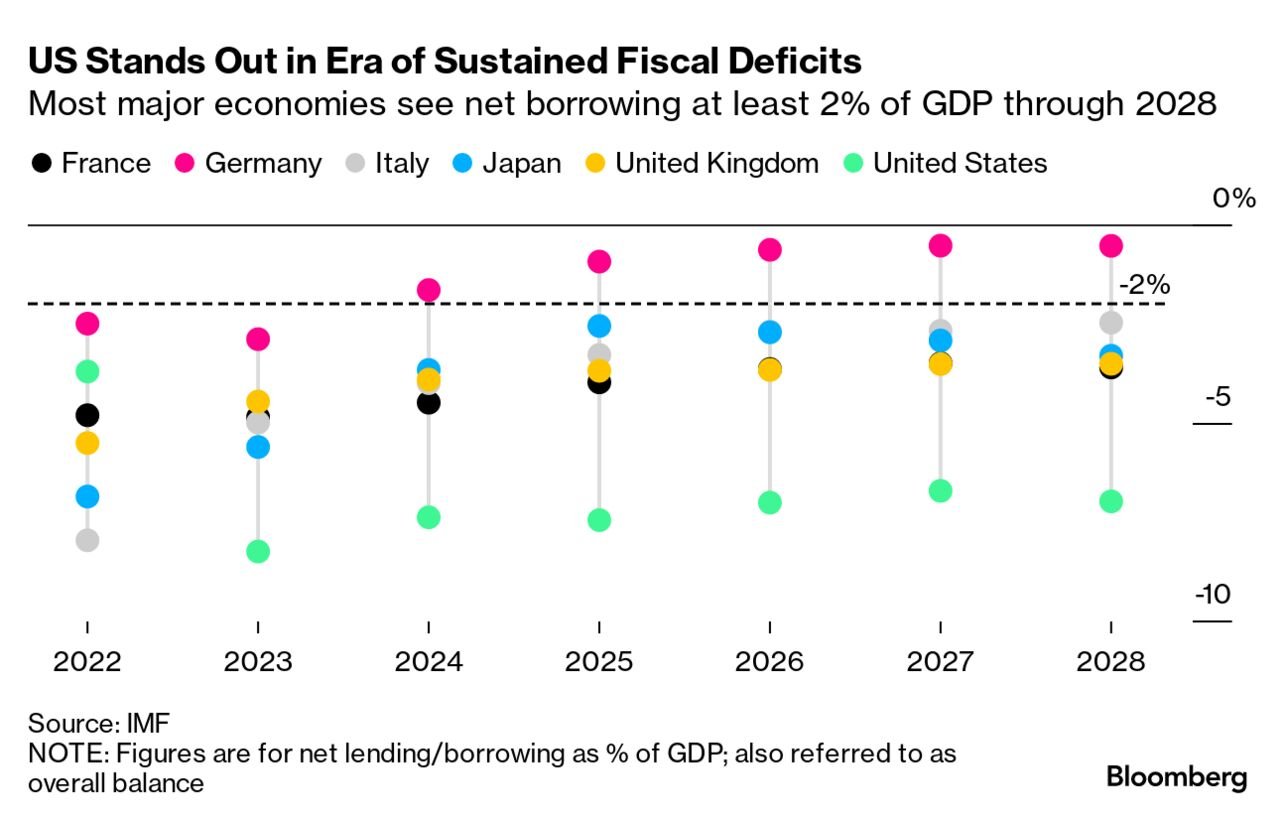A $30 billion influx of government bond issuance by developing countries since the beginning of the year has ignited hopes that economically strained emerging market nations might reclaim market access in 2024.
The recent decline in global interest rates, coupled with relatively lean years for emerging market (EM) borrowers, has transformed the typical January funding rounds into a frenzied affair. Oil-rich Saudi Arabia has spearheaded the trend by issuing $12 billion in dollar-denominated bonds, and Mexico, the world’s largest EM borrower, achieved its largest-ever debt sale at an impressive $7.5 billion, according to Reuters.
Poland, Indonesia, and Hungary have also entered the market, with companies contributing nearly $20 billion to surpass the $50 billion mark in overall EM issuance.
Understanding Government Bonds: Government bonds, essentially borrowing instruments in global markets, offer loans in exchange for an attractive return rate. Higher interest rates attract more buyers, as illustrated by Pakistan’s record-high 22% policy rate. However, lower interest rates make government bonds a more viable option for any country.
Current Market Dynamics: The eagerness to frontload issuance reflects uncertainty about how quickly central banks like the Federal Reserve and European Central Bank will cut interest rates. Analysts at Morgan Stanley estimate that around $165 billion of EM sovereign debt will be issued in 2024, marking a 20% increase over 2023.
Besides Saudi Arabia, at least five other countries, including Indonesia, Poland, Turkey, Israel, and Mexico, are expected to issue at least $10 billion each, with Mexico potentially reaching $18 billion. Although the combined total falls below the 2020 COVID-era record, the potential $125 billion from ‘investment grade’-rated EM nations would be the second-highest in history.
Victoria Courmes, an emerging market portfolio manager at investment firm GMO, noted that calmer markets provide an opportune time for countries to issue debt, especially with lower US rates, creating an opportunity for further issuance.
While EMs compete with wealthier governments for buyers, demand for their debt remains robust, driven by optimism about investing in higher-yielding developing world bonds. Recent indications suggest that Mexico could have sold as much as $21 billion last week, while Saudi could have issued as much as $30 billion, according to their order books.
Challenges and Potential Opportunities: Despite the impressive numbers, the key question revolves around whether improved market conditions will enable financially stretched developing countries with imminent bond repayments to regain market access. Sub-Saharan African countries and those in Asia and Latin America, grappling with limited access to international markets since the pandemic, are witnessing improved bond spreads over the last 6-12 months.
Analysts at Morgan Stanley identify Angola, Kenya, Nigeria, and El Salvador as prime contenders to test the market’s risk threshold and appetite for debt yielding 10%. While a 10% yield may be expensive compared to historical rates, it could be credit-positive for these countries, considering limited alternative funding options.
Countries need to borrow at manageable interest rates, traditionally below 10%, to avoid crises akin to those experienced by Zambia and Sri Lanka in recent years. Kenya’s $2 billion bond maturing in June could serve as a potential test case if market conditions remain favorable.
Despite challenges, the all-important ten-year US bond yield remaining below 4% provides a glimmer of hope, especially in the face of firmer-than-expected inflation figures. Abdrn portfolio manager Viktor Szabo, cautious about riskier countries, believes the market may not be ready yet, but the situation continues to evolve.



